In that regard, many important questions were answered by Elon Musk during the Shareholder meeting this week. Among them, and when asked specifically about 4680 battery production at Giga Texas Austin in 2021, Elon Musk gave this interesting answer:
He basically said "…I don´t think we will see 4680 battery production in Texas this year, but we are making 4680s in California... at our pilot plant, which is a big plant by normal standards, and like it can kick about 10 GW/h a year, so ...it is just a mile away from our Giga Factory in Fremont, so basically that factory will be able to make more than enough cells for Giga Texas to scale production of Model Y; ...and I do want to emphasize: form a point in which a factory can start making cars to where it reaches high volume production is typically about a year; that´s considered very fast."
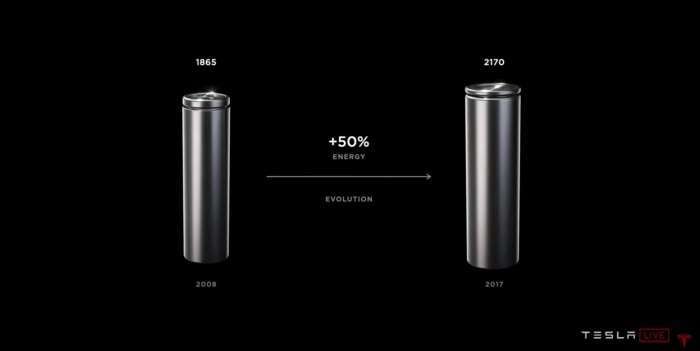
He continued "… So ...it takes longer, and Tesla takes longer to build a factory than it does to reach volume production once the factory is built; so …like in Shanghai we built the factory in 11 months, but to take it to high volume production took about a year; so I expect something similar here, you know, we´ll start production this year and we´ll deliver ... we´ll probably deliver some cars from Giga Factory Texas this year, Model Ys; we won´t to reach high volume production until probably the end of next year."
"So... but then I also expect we´ll reach high volume production of the 4680 cell here in Giga Texas next year as well." So we can basically understand that 4680 battery production will not start this year in Giga Texas; that Tesla will be producing about 10 Gwh/year; that there will be enough cell production from Fremont to supply Model Y production in Giga Texas; and that Tesla will reach high volume production by the end of 2022.
Regarding the 4680 batteries, there is a specific power limitation, as the ability of a battery to deliver and accept energy at very high rates is limited by the physical processes occurring within the battery cells. When current flows into the battery, the reaction within the cell must occur at a corresponding rate. This means that the dynamics of the reaction at the electrode surface and the transport of ions (kinetic properties) must occur at the same rate as the supplied current. Because of the high currents associated with high power, the reaction rate is unable to match the rate at which current is being supplied. As a result, the capacity of the battery is reduced and joule heating occurs within the cell. These are problems that have been already worked out by the Tesla team, as per the information available.
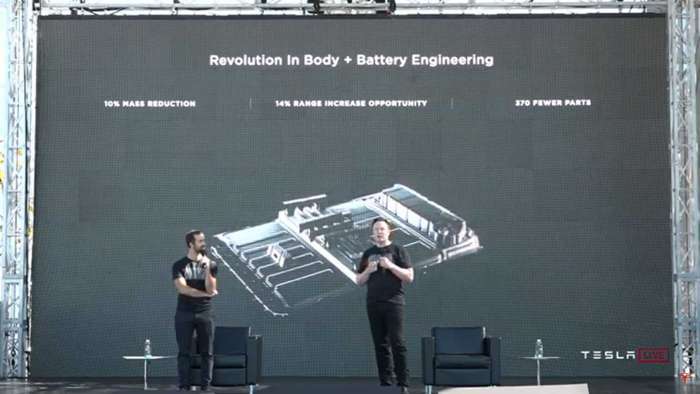
The 2170 cell is 5000 mAh and according to Sandy Munro’s analysis (Source: MunroLive.com) says the 4680 new Tesla cell will be around ~9000 mAH. Currently, 4,416 (2170) cells are placed inside Tesla Model 3/Y Long-Range battery packs. In contrast, there will only be 960 cells required to fill the same space. In addition, the 4680 cell-based battery pack will be much simpler and cheaper to build. The 2170 based battery pack architecture is made of cells divided into 4 modules and further into bricks of 46 cells each. This complexity will be eliminated by using the new 4680 cell design and coupled with the tabless cell construction, the manufacturing process becomes even simpler (requiring fewer parts).
Apart from these newer 4680 cells, there are many different kinds of batteries; to name and review a few in order to have a broader idea, let´s see the following:
Lead acid batteries: this is a mature technology where limited progress has been made in terms of energy and power density. Deep cycle batteries are available, which have re-enforced electrodes to avoid separation and sludge formation. Prospects for use in EVs are limited, due to low energy densities, sensitivity to temperature and life cycle.
Nickel based batteries: nickel-metal hydride (NiMH) batteries are used extensively for traction purposes, and are optimized for high energy content. Nickel-cadmium (NiCd) batteries also
show good potential for high specific energy and specific power, although the presence of cadmium has raised some environmental concerns.
High temperature batteries: sodium-nickel chloride (NaNiCl or Zebra) batteries have been deployed in numerous EV applications to date 4 . The high specific energy is attractive for long range EVs. The high operating temperature (300°C) requires pre-heating before use, which can use quite a lot of energy if parked regularly for long periods. For this reason, this battery is considered more suitable to applications where the EV is being used continuously (public transport and delivery vans etc.).

Metal air batteries: aluminum-air (Al-air) and zinc-air (Zn-air) batteries both use oxygen absorbed from the atmosphere on discharge and expel oxygen when being charged. The energy density of these batteries is high but, lower power densities mean that applications are limited. Al-air batteries consume the aluminum electrode, and must be removed and replaced or reprocessed. Some applications have been tested where fleets of EV delivery vehicles are running with Zn-air batteries, where removable zinc cassettes can be replaced when discharged for recharged units. The low specific power of metal air batteries may see these battery types restricted to long distance delivery vehicles, but the advantages of regenerative braking may be sacrificed.
Lithium based batteries: Lithium based batteries are classified by the type of active material. Two main types exist, those with liquid (Li-ion-liquid) and those with polymer electrolyte (Li-ion- polymer). The Li-ion-liquid type is generally preferred for EV applications. Within the Li-ion-liquid type, there are three lithium materials, lithium cobalt, (or lithium manganese oxides), lithium iron phosphate and lithium titanate.
Lithium manganese: lithium manganese (LiMn 2 O 4 ) offers a potentially lower cost solution. It has been largely studied for electrical vehicle application, especially in Japan. The drawback of this type of battery is the poor battery life due to the slight solubility of Mn.
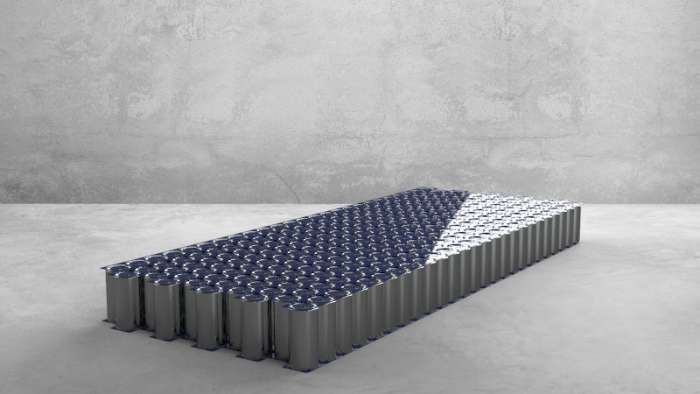
Lithium iron phospate: lithium iron phosphate (LiFePO 4 ) batteries are manufactured by many companies in the world and have gained credibility through their use in power tools. Lithium iron phosphate cells have a much lower energy density than standard format cells, but can be charged much faster—around twenty to thirty minutes. Moreover, LiFePO 4 has been recently considered that it features an improve stability on overcharge which is good for safety, a very high power and has potential for lower cost because they use iron.
Lithium titanate: lithium titanate allows charging on the order of ten minutes and have been shown to have an extremely long cycle life - on the order of 5000 full depth of discharge cycles. Lithium titanate has high inherent safety because the graphite anode of two other batteries is replaced with a titanium oxide.
Going back to the 4680 Tesla cell, and according to a publication by Business Insider, a "top battery researcher" watched Tesla's Battery Day and concluded: "I give it an A-plus." Who's this expert? Shirley Meng is Editor-in-Chief of MRS Energy & Sustainability and has been working in the field for over a decade. She's also founding director of the Sustainable Power and Energy Center at the University of California San Diego where she's also involved in nano-engineering and materials science.
Nico Caballero is the VP of Finance of Cogency Power, specializing in solar energy. He also holds a Diploma in Electric Cars from Delft University of Technology in the Netherlands, and enjoys doing research about Tesla and EV batteries. He can be reached at @NicoTorqueNews on Twitter. Nico covers Tesla and electric vehicle latest happenings at Torque News.



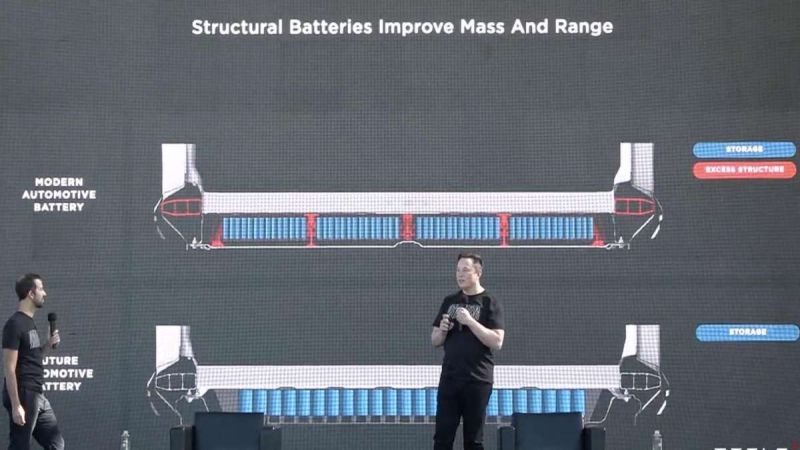




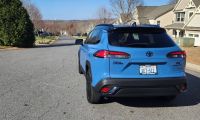
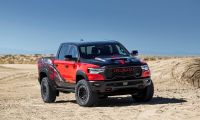
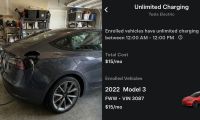
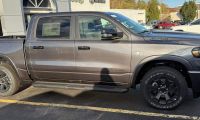
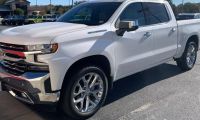
Comments
Sandy Munro's comment as
Permalink
Sandy Munro's comment as stated above about the 4680 only putting out 9000mah is incorrect. they should put out 27.4ah to be the same output by volume as a 2170. Further the space required for a similar kwh 4680 pack will be approx. the same volume as a 2170 pack. but with far fewer batteries
Good article Nicolas! Thanks!
Permalink
Good article Nicolas! Thanks!